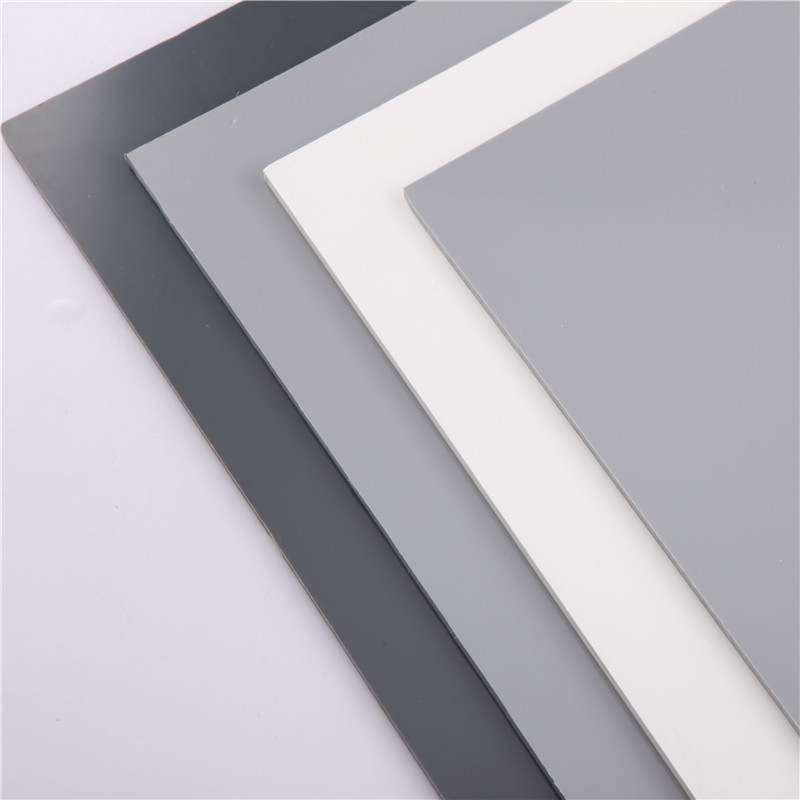Sult . 03, 2024 14:18 Back to list
welding rod types
Understanding Welding Rod Types A Comprehensive Guide
Welding is a critical process in various industries, from construction to manufacturing. One of the essential components of welding is the welding rod, which plays a significant role in determining the quality and strength of the weld. Understanding the different types of welding rods can help you choose the right one for your project, ensuring durability and reliability.
Understanding Welding Rod Types A Comprehensive Guide
2. MIG Welding Rods (GMAW) Metal Inert Gas (MIG) welding, or Gas Metal Arc Welding (GMAW), employs a continuous wire feed as an electrode. The shielding gas, typically argon or a mix of argon and carbon dioxide, protects the molten weld pool from oxidation. MIG welding rods are available in various diameters and compositions, making them suitable for a wide range of applications like automotive repair and industrial fabrication. Common types of MIG rods include ER70S-6 for general-purpose welding and ER4047 for aluminum welding.
welding rod types

3. TIG Welding Rods (GTAW) Tungsten Inert Gas (TIG) welding, or Gas Tungsten Arc Welding (GTAW), uses a non-consumable tungsten electrode to produce the weld. For filler material, TIG welding rods or wires are added manually to the weld pool. These rods are often made of various materials, including stainless steel, aluminum, and nickel alloys. TIG welding is known for its precision and is often used in applications where aesthetics and quality are paramount, such as in aerospace and automotive industries. Common filler rod classifications include ER308L for stainless steel and ER filler metals for aluminum.
4. Flux-Cored Welding Rods (FCAW) Flux-Cored Arc Welding (FCAW) is similar to MIG welding, but the electrode is tubular and contains a flux. This method can be used with or without shielding gas. FCAW rods are ideal for outdoor use and can handle windy conditions due to the self-shielding capabilities of the flux. They are widely used in construction and heavy equipment repair. The most common types of flux-cored rods are E71T-1 for mild steel and E71T-11 for better versatility in thickness.
5. Submerged Arc Welding Rods (SAW) Submerged Arc Welding (SAW) involves a continuously fed consumable electrode beneath a blanket of granular flux. This process is known for its high deposition rates and is typically used for thick materials. SAW is commonly employed in shipbuilding, pressure vessels, and large structural components. The rods used in SAW are usually classified based on their chemistry and strength, such as ER70S-6 for low carbon steel applications.
In conclusion, selecting the right welding rod type is crucial for achieving quality welds tailored to specific applications. Understanding the various categories, their uses, and characteristics allows welders to enhance their skills and deliver superior results in their projects. Whether you're a professional welder or a DIY enthusiast, knowing the differences can make all the difference in your welding experience.
-
High-Quality HDPE Sheet | Durable Plastic Panels
NewsAug.06,2025
-
High-Precision PVC Rigid Sheets for Vacuum Forming | AI-Optimized
NewsAug.05,2025
-
Durable PVC-M Water Supply Pipes | 60-Year Life
NewsAug.04,2025
-
Premium HDPE Water Supply Pipes: Durable & Leak-Proof
NewsAug.03,2025
-
Premium PVC-M Water Supply Pipe - Durable & Efficient
NewsAug.02,2025
-
HDPE Drainage & Irrigation Pipe - Durable, Efficient Solutions
NewsAug.01,2025

